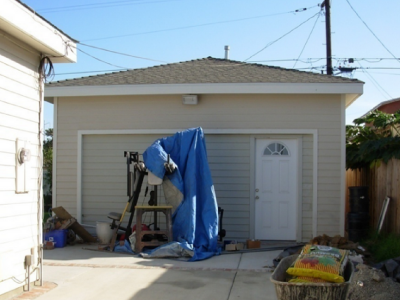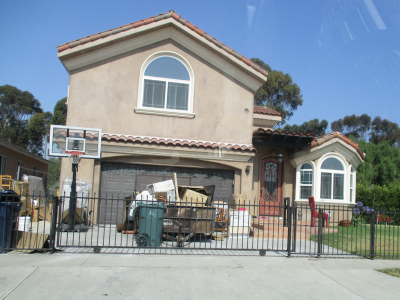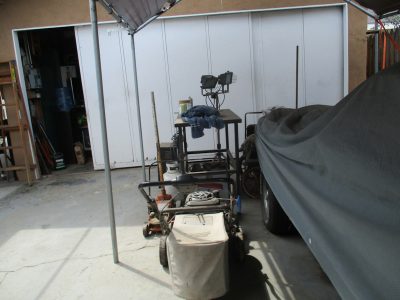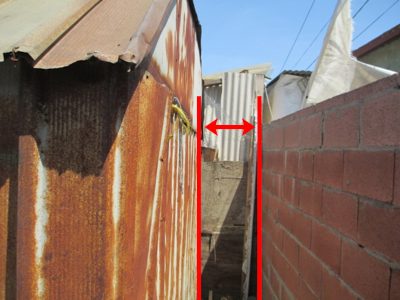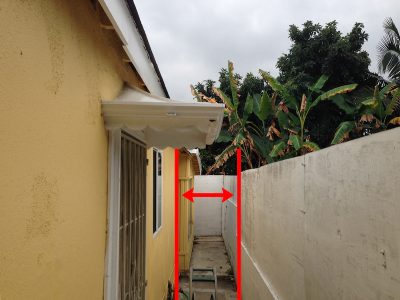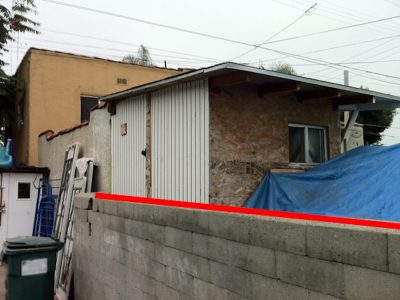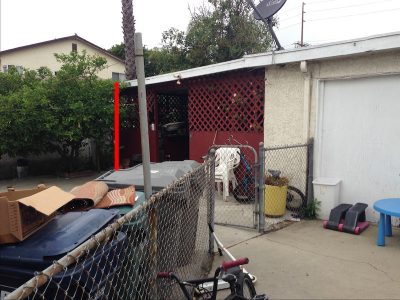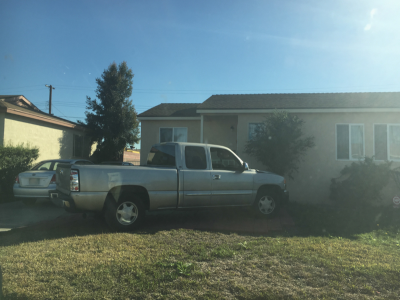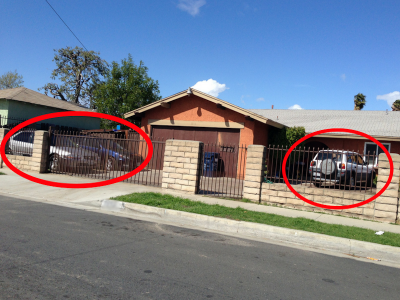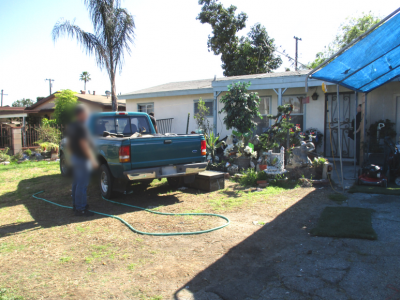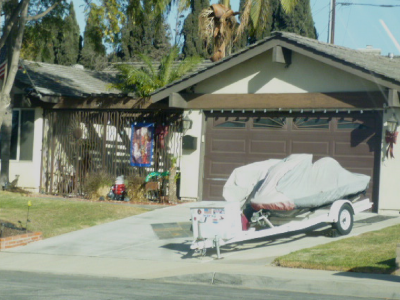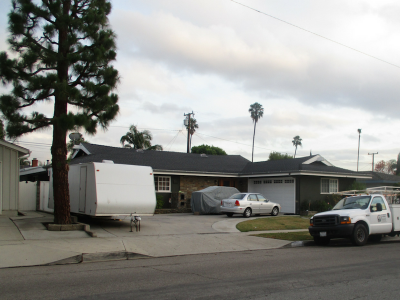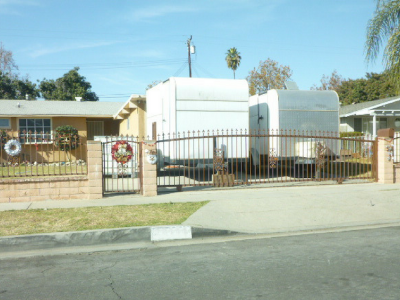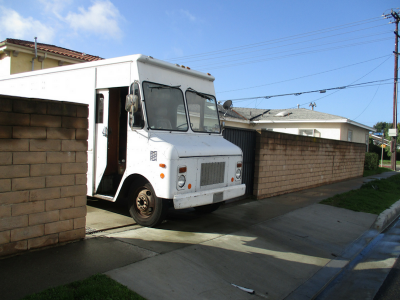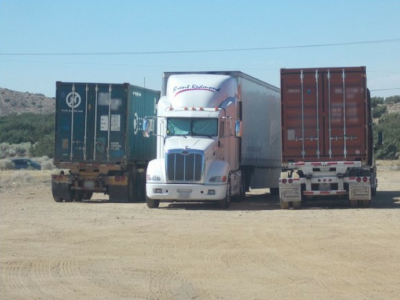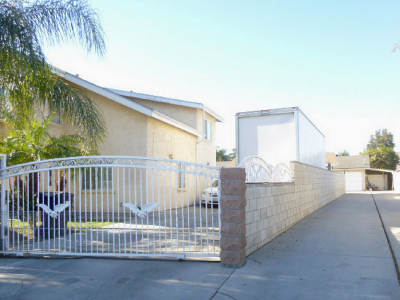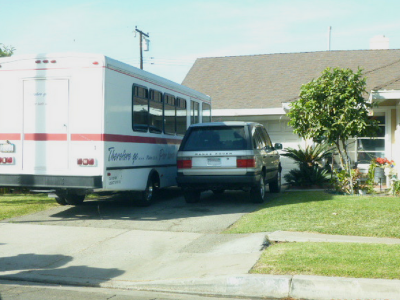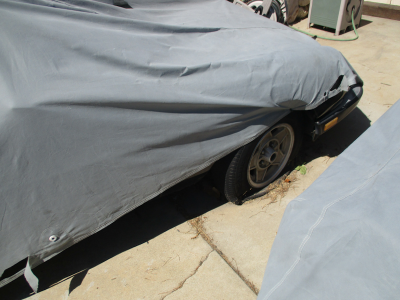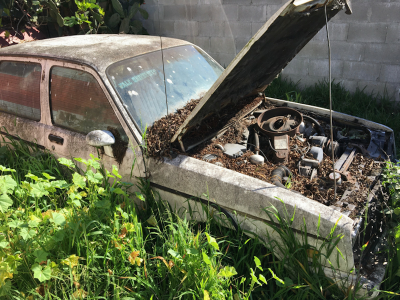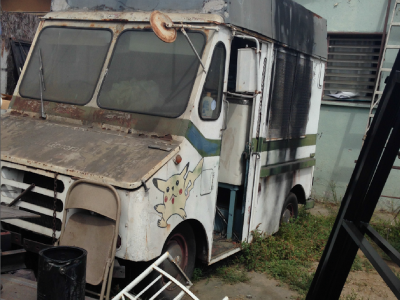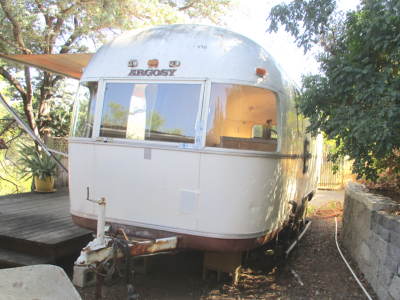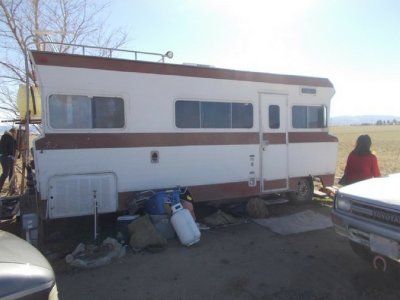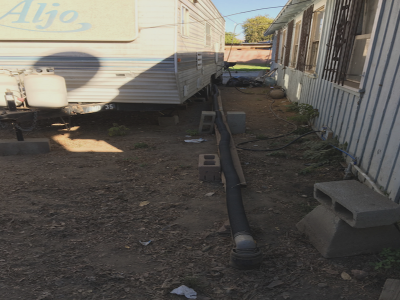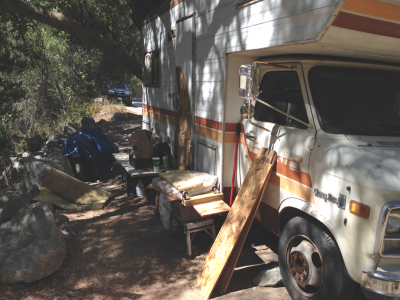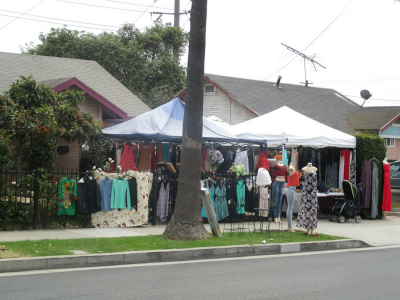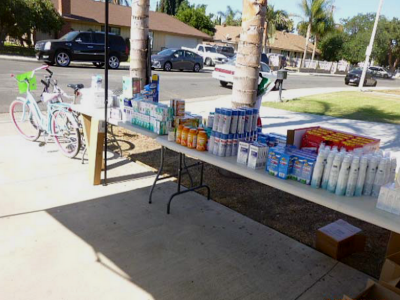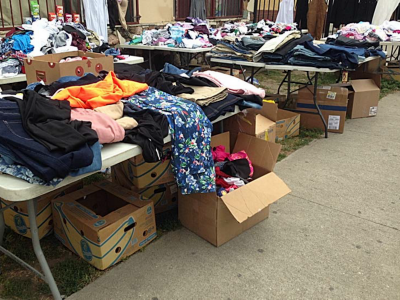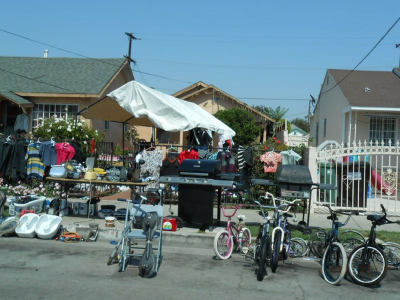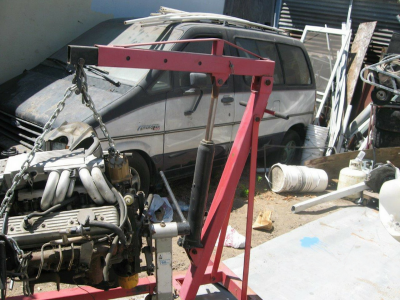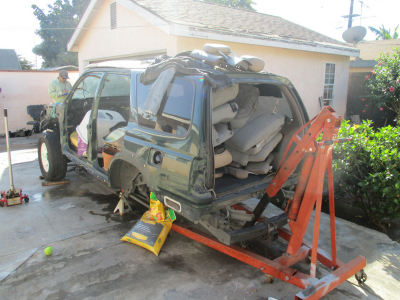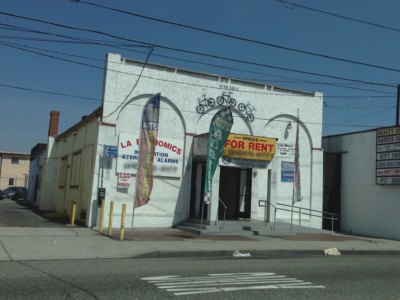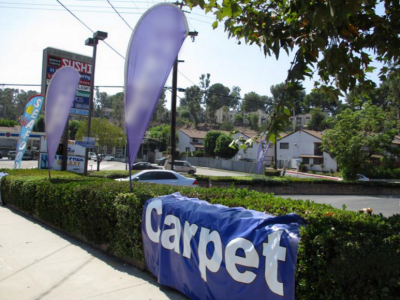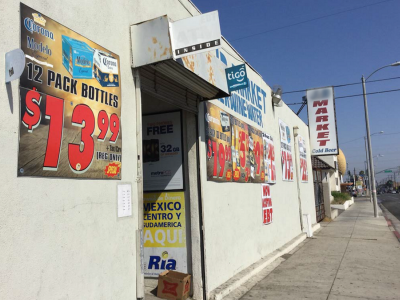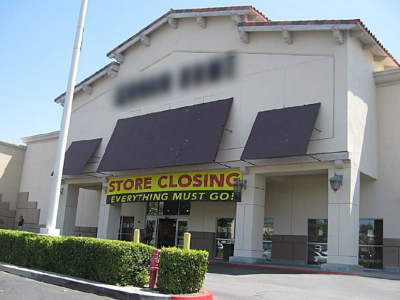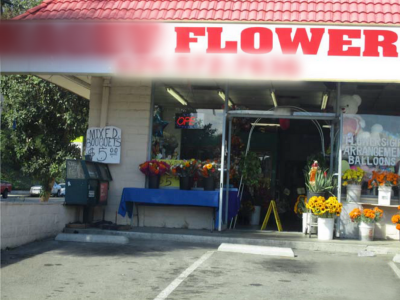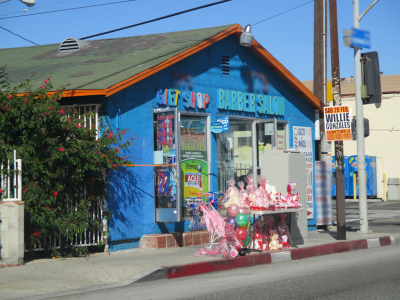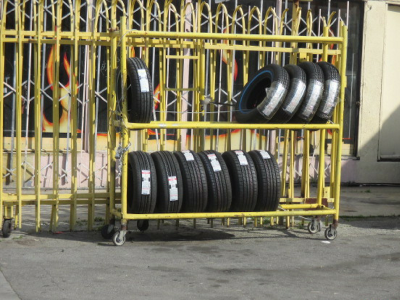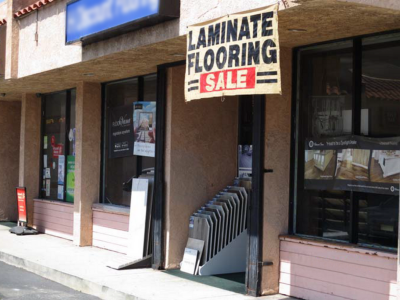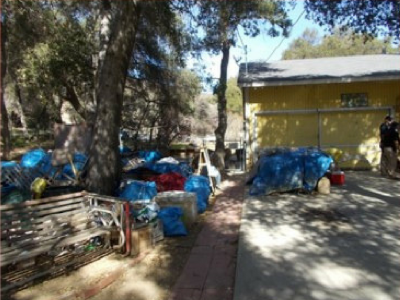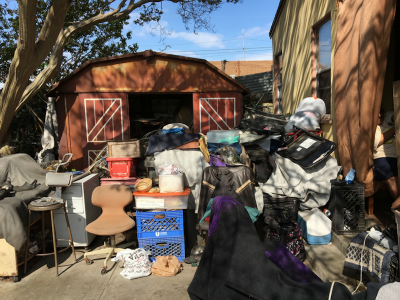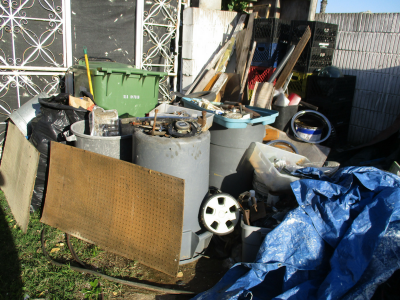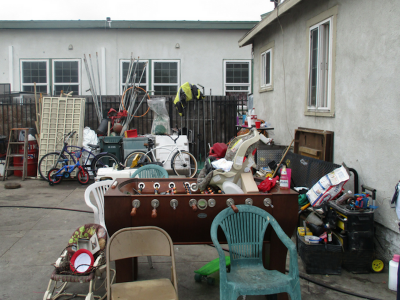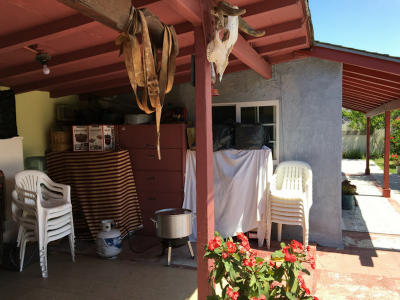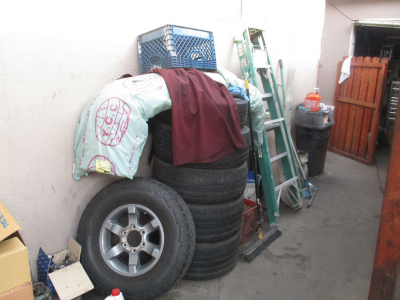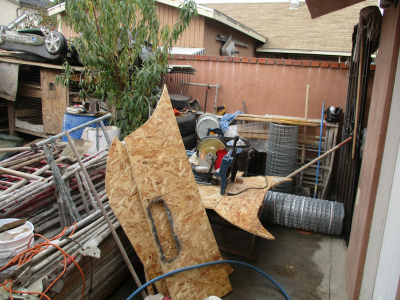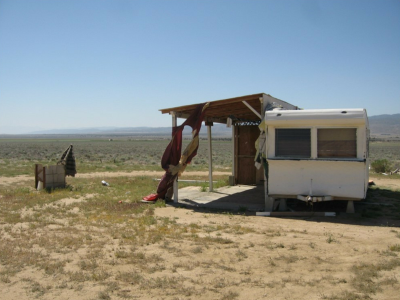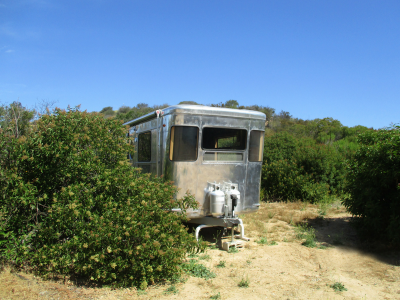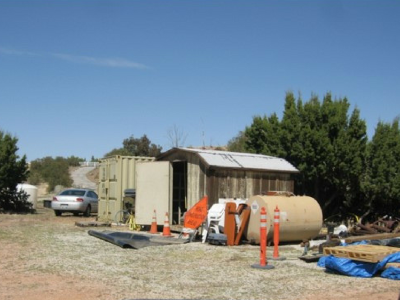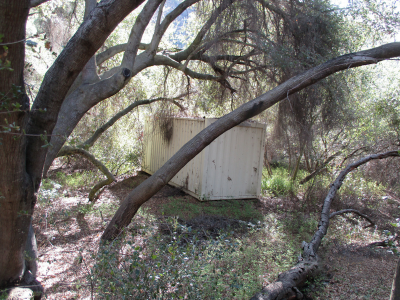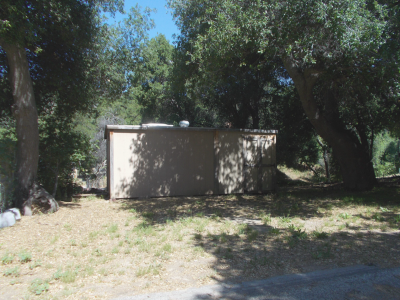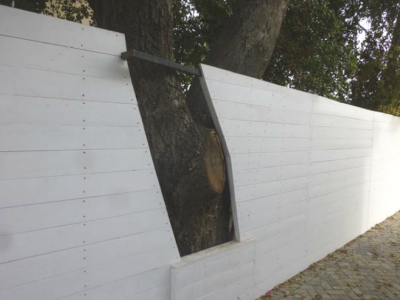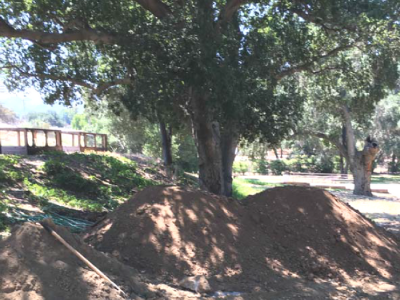What is a Zoning Violation
Inaccessible Garage
Yard Setbacks
Parking of Vehicles in the Front Yard
RECREATIONAL VEHICLES/BOATS IN THE DRIVEWAY
Commercial Vehicle Storage
Inoperative Vehicles
OCCUPIED RECREATIONAL VEHICLES/TRAILERS
Living in a recreational vehicle or trailer for any length of time on a property is generally not allowed, except with approvals for emergency temporary housing following a disaster (e.g., the Woolsey Fire Disaster, etc.), in a permitted RV Park, or related to LA County Planning’s Interim and Supportive Housing Ordinance, which are also subject to other County Department approvals.
Yard Sales
Yard sales are only permitted on the last full weekend (Saturday and Sunday) of each month. Two additional weekends may be permitted with FREE registration. No yard sales are allowed Monday through Friday. The items allowed to be sold at a yard sale must be limited to secondhand, household or personal items owned by the property owner(s) or tenant(s) of the residence having the yard sale. The sale of new items or merchandise is not allowed. Sales must be within the front and side yard areas of a residence. Please see Yard Sale Flyer for more details.
Auto Repair
Business Signage
OUTSIDE DISPLAY AND/OR SALES
Merchandise displayed and sold outside of an enclosed building is not allowed. Temporary outside display or sales of goods may be allowed with a Special Events Permit.
Junk and Salvage
Storing items classified as junk and salvage material on commercial, residential and agricultural properties is not allowed. “Junk and salvage” is defined in the Zoning Code as “Any old, secondhand, or scrap ferrous and nonferrous metals, paper and paper products, cloth and clothing, wood and wood products, manufactured rubber products, rope, manufactured plastic products, paint, manufactured clay and porcelain products, furniture, including mattresses, trash, and similar materials, and shall include dismantled machinery, equipment, and parts.
Outside STorage
Vacant Land
Vacant land must be clear of any storage materials, vehicles, and structures until a primary use (e.g., house, business, storage yard etc.) that has approvals from LA County Planning or other County agency has been established. Living on vacant land is not allowed.
OAK TREE ENCROACHMENT/REMOVAL
Oak trees are a protected tree species. Encroachment into the protected zone of an oak tree, as well as damage to and/or removal of an oak tree without LA County Planning approval is generally not allowed. The protected zone of an oak tree is measured 15 feet from the trunk, or five (5) feet from the dripline (canopy), whichever is greater. Please see Oak Tree Care Flyer to learn about how to care for your oak tree.


